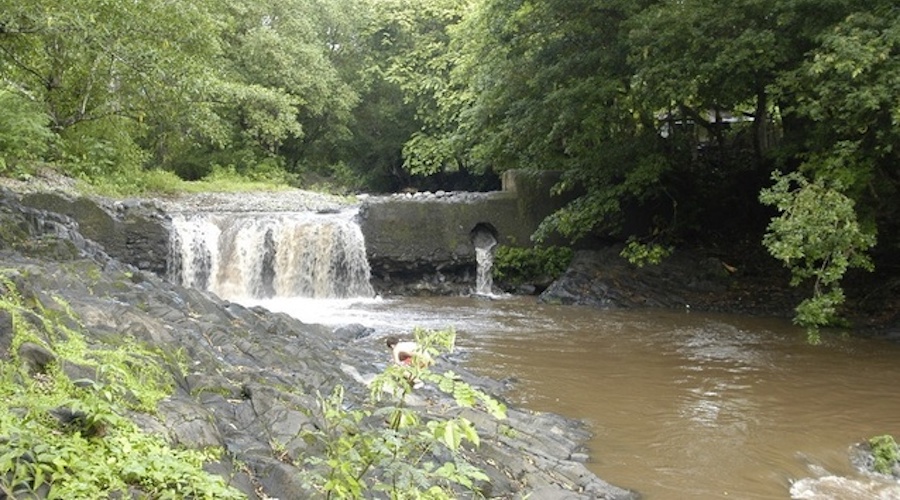
Although the amount of material released hasn’t been measured, León said it was “significant.”
The mud descended through a ravine that drains into the Abangares river, which connects with the eastern side of the Gulf of Nicoya, an inlet of the Pacific Ocean.
León also mentioned that authorities are conducting chemical studies to determine what type of substances entered the river’s streams, although the presence of mercury and cyanide is to be expected.
According to the government official, the facility that caved in is located at a local mining plant that is used by different small-scale miners to store and separate metals.
In addition to conservation personnel, staff from the National Emergency Commission are conducting on-the-ground and drone inspections to determine the extent of the damage.
The Abangares river is the main source of freshwater for nearby communities, particularly the Matapalo de Abangares community, whose residents also fish in the river and collect water for farming.




